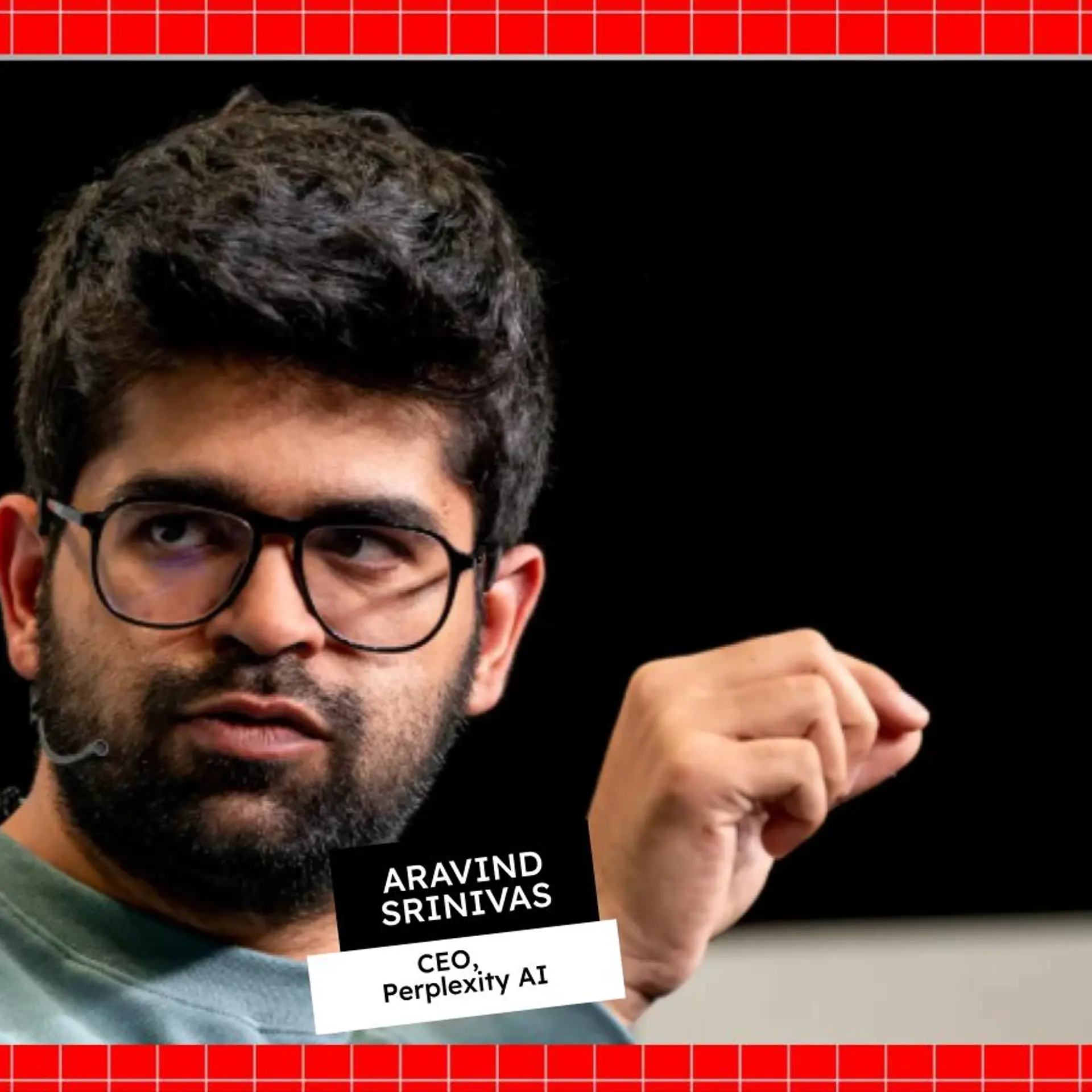[100 Emerging Women Leaders] Meet Rukmini Vijayakumar, the dancer who devised her own teaching methodology
Proficient in Bharatanatyam and ballet, Bangalore-based Rukmini Vijayakumar is an actor, dancer, and a teacher.
Diligent, disciplined, innovative, and unconventional—Rukmini Vijayakumar is a force to reckon with.
Unlike a typical Indian household where the focus is on academics, Vijayakumar grew up in a household that celebrated the classical arts. Her journey began when she was just five years old and would insist on accompanying her mother to her dance classes.
“Everyone [in the family] did something. One of my cousins used to sing, my brother used to play the mridangam, my grandma used to play the veena, and my dad started learning tabla for fun. While nobody was doing it professionally, everyone had an interest in some kind of art and music,” she says.
This was the perfect backdrop for her interest in the classical arts to take root. Had she planned on becoming a Bharatnatyam dancer? No. But, life has its ways.
Speaking of her bittersweet connection with dance growing up, Vijayakumar reveals how the teaching system was a strict. “The environment was very strict, especially with classical dance teachers. And as a teenager, you just do not want to be around that strictness," she says.
Over time, dance went from being a leisure activity to gaining a more important role in her life.
After Class 12, when it was time for her to decide on a course of study, her parents suggested pursuing dance in a more disciplined way. She was surprised - and a little reluctant. Having always been good in academics, she had not given dance much thought.
But considering their suggestion, Vijayakumar, who had secured a seat at Carnegie Mellon University, Pittsburgh, decided to defer her admission by a year.
What came next was rigorous practice of her craft. She recalls, “I danced all day. I would leave the house at 5.30 am…come back at night and again practise at night to make sure I got everything right. I lived out of my car!"
After a year, her parents asked if she wanted to focus only on dance. Yet again, after some initial reluctance, she agreed and applied to dance schools.
Eventually, she pursued a bachelor's of fine arts degree in dance from Boston Conservatory at Berklee. And there she was, one step closer to her living her passion.

Image Source: Raadhakalpa Dance Company YouTube Channel
Vijayakumar always had an interest in understanding how the human body works and why it is capable of doing certain things in a particular manner.
“When I was at home and had started dancing full time, I started learning more about anatomy. My ballet and yoga teachers introduced the idea of alignment in musculature back to me," she says.
At 19, she would go to Bharatanatyam dance schools to understand their warm-up practices, the injuries they had sustained and how they dealt with them, among other similar concepts.
In dance school, she got the chance to learn anatomy from a dancer’s perspective. “That was eye-opening and I wanted to learn more about it. Body alignment, aesthetics, and engagement are things that we did not speak about in Bharatanatyam classes traditionally," she says.
“My Bharatanatyam teachers taught me everything they knew, but these concepts were not a part of their learning system at that time. So, a lot of this learning [in college] helped me figure out solutions for how I could make the ideal Bharatanatyam body for myself,” she adds.
In 2008-09, Vijayakumar returned to India and started teaching. She wanted to teach differently and break away from traditional patterns. This involved structuring her own teaching methods and applying what she had learned in theory to practice.
She says, “I remember making folders of what a great warm-up is, how I should structure it, the postures to use. In Bharatanatyam, we normally learn from our way of progression of skill, not muscle. I wanted to assimilate muscular alignment and skill at the same time.”
This is how the Raadha Kalpa Method—a systematic educational programme to enhance the priming of a Bharatanatyam dancer—came about.
“It is a pedagogical system where students learn the dance form with muscular progression alongside skill. The method is a progression of about 20 years of me thinking about how to fix my body. It came from me trying to make myself a better dancer and eventually trying to communicate those steps with clarity to my students,” she says.
Vijayakumar refers to her becoming a dancer as an ‘incidental’ occurrence, emphasising that she could have been in any profession and would still be equally ‘obsessed’ with dance.
Highlighting how the journey is not always as rosy as one would want, she says, “It is not about some massive connection. Yes, I do have a connection [with dance]. I do not feel like I am working when I am dancing, but everything surrounding it is work… emails, handling social media, organising my teaching methodology is a lot of work, and I do not want to do it. I just want to dance. But it is enjoyable at the end of the day because you see the product of that work, and you see students dancing.”
Offering advice, Vijayakumar says, “It is important to find that desire to grow because anything can get tedious after a while. It is more about keeping your head down and working. Choose what you want to work on and just work.”
Edited by Teja Lele


![[100 Emerging Women Leaders] Meet Rukmini Vijayakumar, the dancer who devised her own teaching methodology](https://images.yourstory.com/cs/4/d6cc5c20076211ed91383927582c5cb0/NIKITAImageTaggingnoframesEditorialTeamMaster66-1677684302575.jpg?mode=crop&crop=faces&ar=2%3A1&format=auto&w=1920&q=75)




